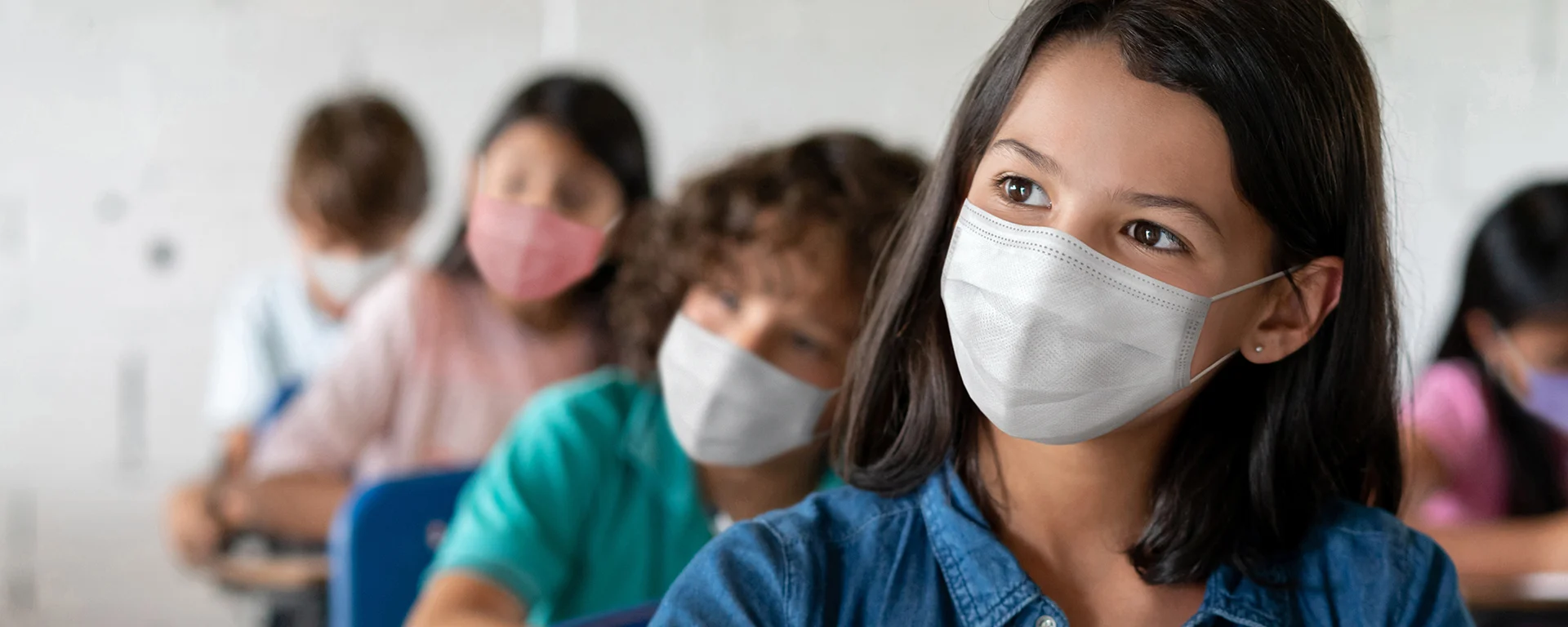At-Home Testing: Bringing the COVID-19 Test to You
Don't stress, get an at-home test! Learn how the COVID-19 testing game has changed with the convenience of over-the-counter testing.
As of September 20, 2022, this post will no longer be updated.
August 2022: If you have no symptoms, the FDA now recommends testing three times, with 48 hours between each test.
You woke up this morning with a sore throat and a headache. Or your 10-year-old has a runny nose. Two years ago, you might simply have taken some Tylenol and sipped some herbal tea, or handed your kiddo a box of tissues and told her to wash her hands after wiping her nose. These days, there’s another step you need to take: Get yourself or your child tested for COVID-19.
How and where do you do that?
For much of the pandemic, your only options would have been to go to a testing site for a PCR (polymerase chain reaction) test. PCR looks for pieces of the virus’s genetic code – it’s the most sensitive type of COVID-19 test, and can diagnose cases very soon after people get infected. However, most PCR tests require you to get yourself to that office or testing site to get sampled, and then there’s at least a 24-hour wait, if not longer, before you receive your results.
In December 2020, the first at-home, over-the-counter test for COVID-19 received emergency use authorization (EUA) from the FDA: Ellume, developed with support from the NIH’s Rapid Acceleration of Diagnostics (RADx®) Initiative. Ellume is a different kind of test: It’s an antigen test, which looks for proteins from the virus.
Antigen tests tend to be inexpensive and fast — results typically arrive within 15 minutes. Most of them are less sensitive than PCR tests, so they might not pick up an early or asymptomatic infection. (Some experts, like Harvard epidemiologist Michael Mina, have argued that antigen tests only diagnose people who are contagious. But since scientists don’t precisely know how much virus it takes to be contagious, that point is still under debate.)
However, using antigen tests in series — more than one time in a row — overcomes their lower sensitivity and allows them to perform roughly the same as PCR tests. That’s why almost all over-the-counter (OTC) antigen tests in the US are sold in packs of two: You’re supposed to take one now, and the second one in a day or so (the specifics vary depending on the brand of test you use).
At-home COVID-19 tests have never been as widely available in the US as they have been in Britain, France, and Germany, where national governments have distributed them free of cost. But in recent weeks, supply has been even tighter.
Test manufacturers decreased production early this past summer and were caught flat-footed when the Delta variant wave crashed in the US, leaving consumers in some areas of the country scouring pharmacy shelves for at-home tests in vain. Fortunately, the Biden administration has begun to address that problem by purchasing hundreds of millions of tests and extracting commitments from test manufacturers to ramp up production. According to the White House COVID-19 Response Team, 200 million rapid at-home tests per month will be available in the US starting in December.
The most recent COVID-19 surge has finally begun to wane across the US, but the need for testing isn’t going anywhere. We’re just heading into flu season, when those sore throats, headaches, and sniffles are going to start rearing their ugly heads once again. Only this time, when you want to be sure that you don’t have COVID-19, you should be able to take a test a bit more easily — at home, snuggled up in bed.






